| Downloads count | 10 |
| Resource type | Activity |
| Recommended age | 8 - 15 years |
| File information | Private link to view.genial.ly |
| Comments count | 1 |
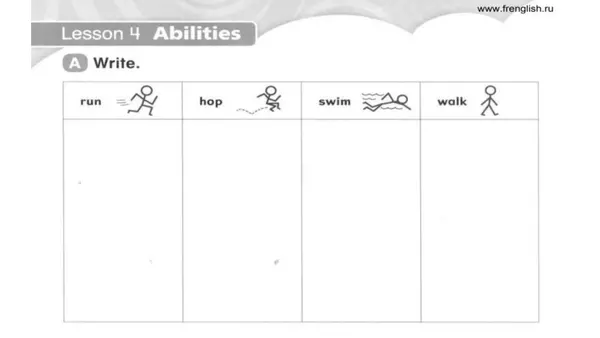
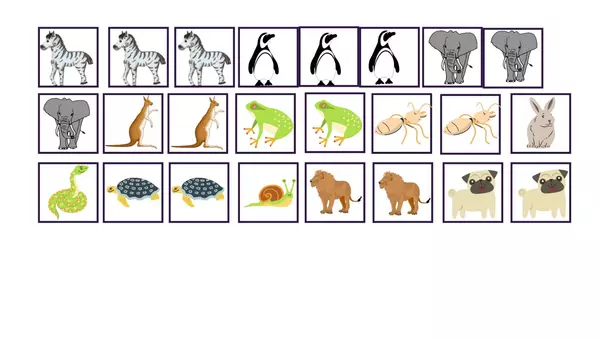
| Downloads count | 12 |
| Resource type | Worksheet |
| Recommended age | 4 - 6 years |
| File information | pdf, 3 pages, 354 KB |
Les traigo una hoja de trabajo para los mas peques, en las que podrán aprender sobre las habilidades de los animales en inglés.
Espero les guste y les sirva. A mi me funciono muy bien con mis alumnos.
See you later 😀
There are no comments yet, write one yourself!
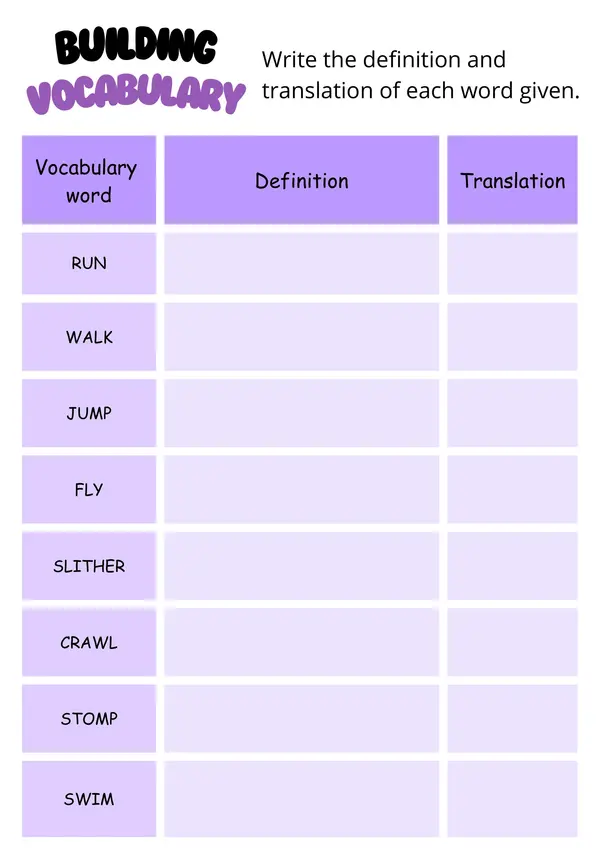
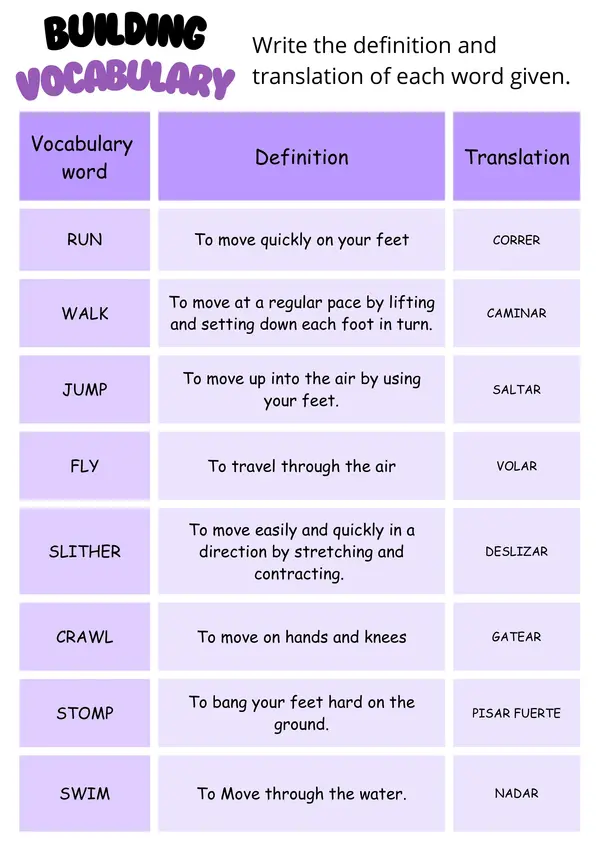
| Downloads count | 2 |
| Resource type | Worksheet |
| Recommended age | 12 - 18 years |
| File information | pdf, 4 pages, 7.03 MB |
- Actividad creada y relacionada a unidad temática 3 de libro de MINEDUC de 6to año básico: Wild World.
- Vocabulario temático relacionado a movimientos de los animales “Animal movements”
Sugerencias.
- Estudiantes buscan definicion y traducción al español de cada movimiento de los animales.
- Estudiantes unen la imagen del animal con su movimiento. (Se sugiere revisar en voz alta generando una conversación con los estudiantes) introduciendo estructura CAN - CAN’T.
- Con ayuda del profesor estudiantes expresan de forma oral y escrita abilidades usando estructura CAN- CAN’T.
There are no comments yet, write one yourself!
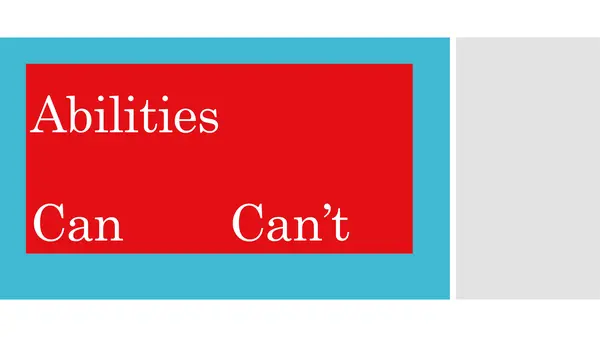
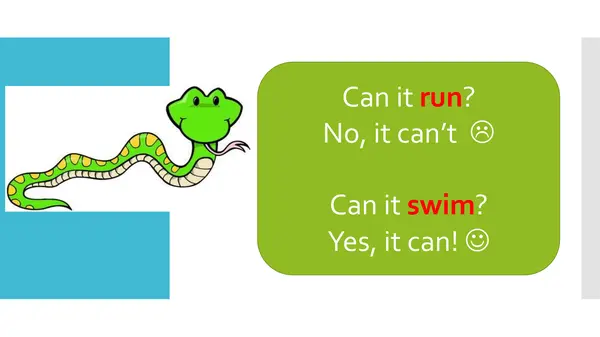
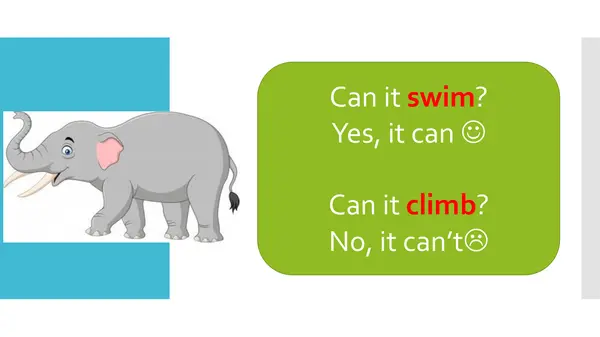
| Downloads count | 1 |
| Resource type | Lesson |
| Recommended age | 4 - 8 years |
| File information | pptx, 6 pages, 108 KB |
Incluye 5 ejemplos y puede ser utilizado como forma de iniciar la clase y activar conocimientos previos
For free.
There are no comments yet, write one yourself!
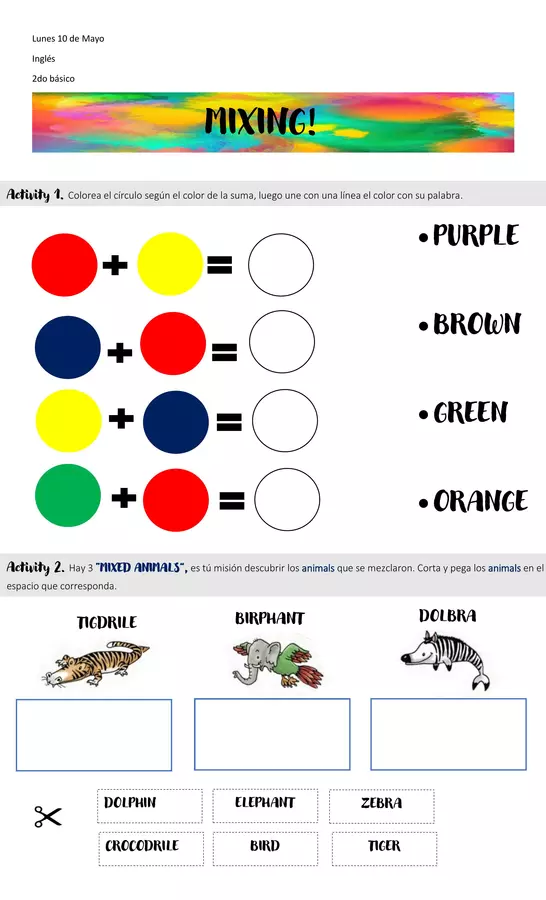
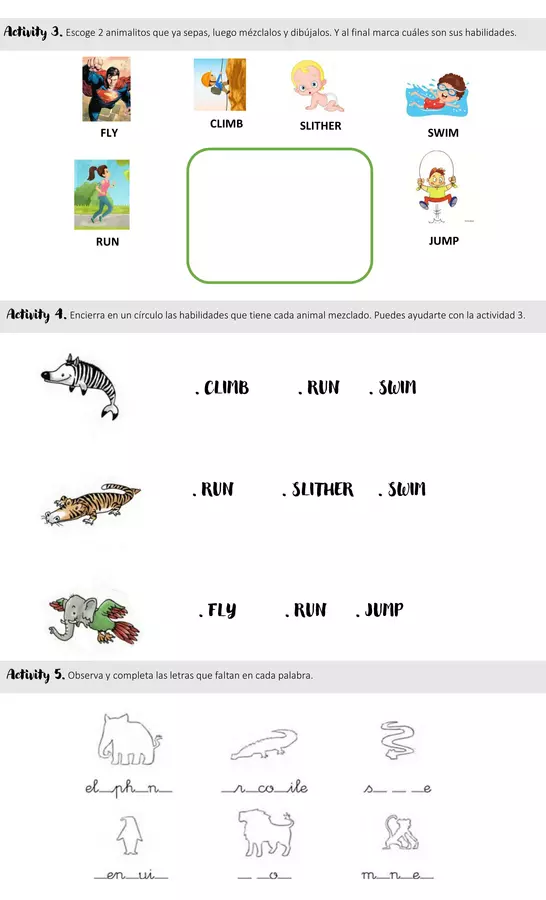
| Downloads count | 2 |
| Resource type | Worksheet |
| Recommended age | 5 - 7 years |
| File information | pdf, 3 pages, 386 KB |
el objetivo principal es identificar las distintas habilidades con los animales.
identifican vocabulario y comienzan a escribir los nombres de los animales.
There are no comments yet, write one yourself!
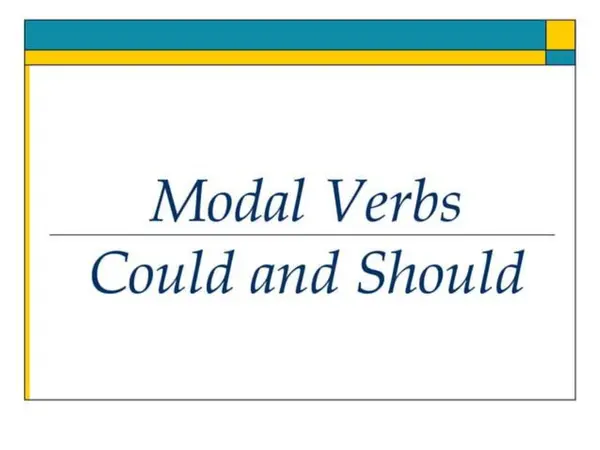
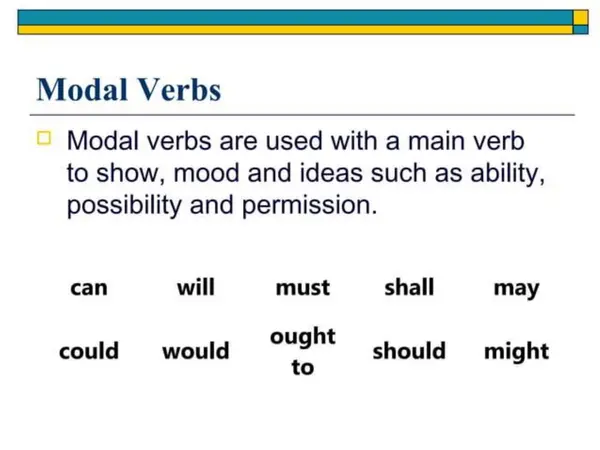
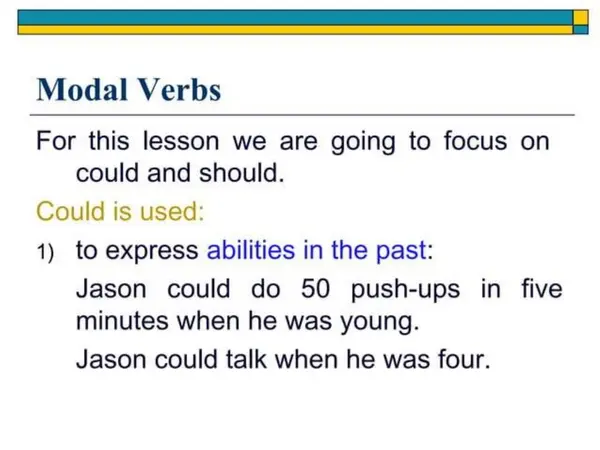

| Resource type | Lesson |
| Recommended age | 12 - 18 years |
| File information | Private link to docs.google.com |
There are no comments yet, write one yourself!

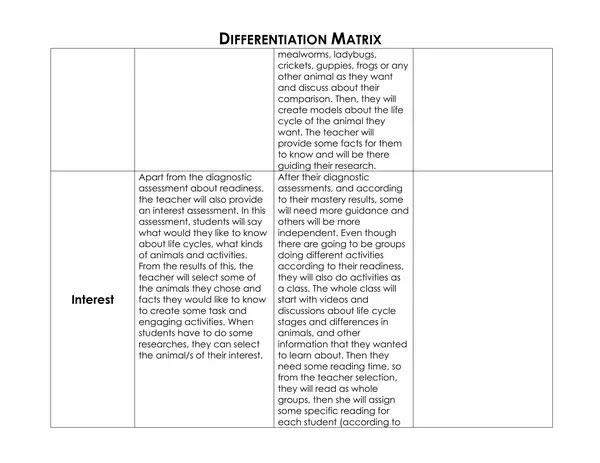
| Downloads count | 1 |
| Resource type | Lesson |
| Recommended age | 7 - 9 years |
| File information | pdf, 4 pages, 62.8 KB |
This is why I created this differentiation matrix that has different activities and assessments in the unit of life cycle. You can see the differentiation by readiness, interest and learning profile in the content, process and products.
Hope you can help your gifted students thrive!
There are no comments yet, write one yourself!

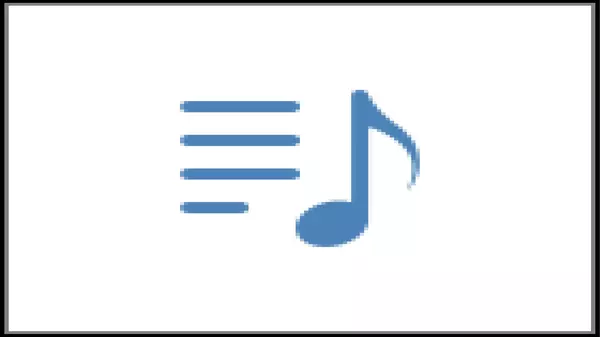
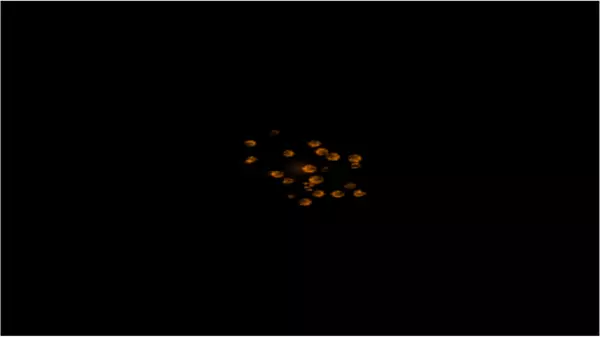

| Downloads count | 1 |
| Resource type | Activity |
| Recommended age | 7 - 8 years |
| File information | pptx, 9 pages, 13.6 MB |
Learning Goal: To evaluate students' prior knowledge and abilities regarding the identification and location of some of Chile's geographical features.
This resource is the first of the series "Landscapes of Chile"
See the other Geniallys & resources of the series here:
- What are the landscapes of Chile? (This resource)
- Landscapes of Chile
- Chile's different zones
- Landscapes in the Northern Zone
- Landscapes in Central Chile
- Landscapes in the Southern Zone
- Integrating what I've learned
This resource greatly works with the book: 2 primary Social Sciences - Savia
There are no comments yet, write one yourself!
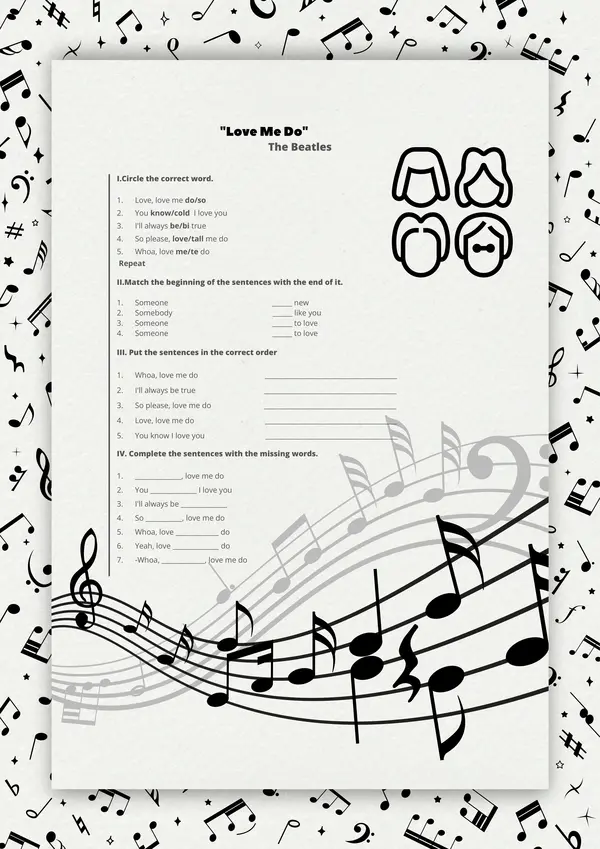
| Resource type | Worksheet |
| Recommended age | 10 - 14 years |
| File information | pdf, 1 pages, 1.36 MB |
It contains different activities to develop students' abilities, and as a way of motivating their learning process.
There are no comments yet, write one yourself!

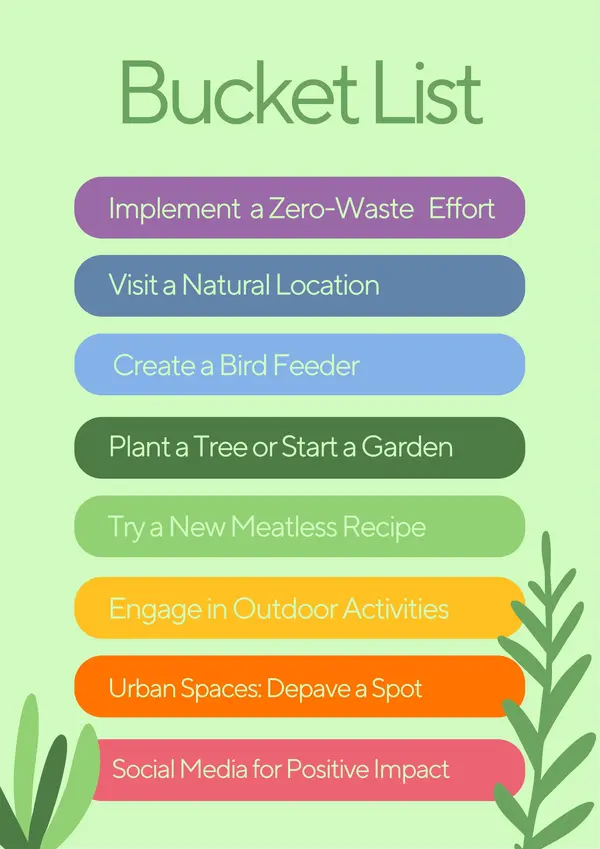
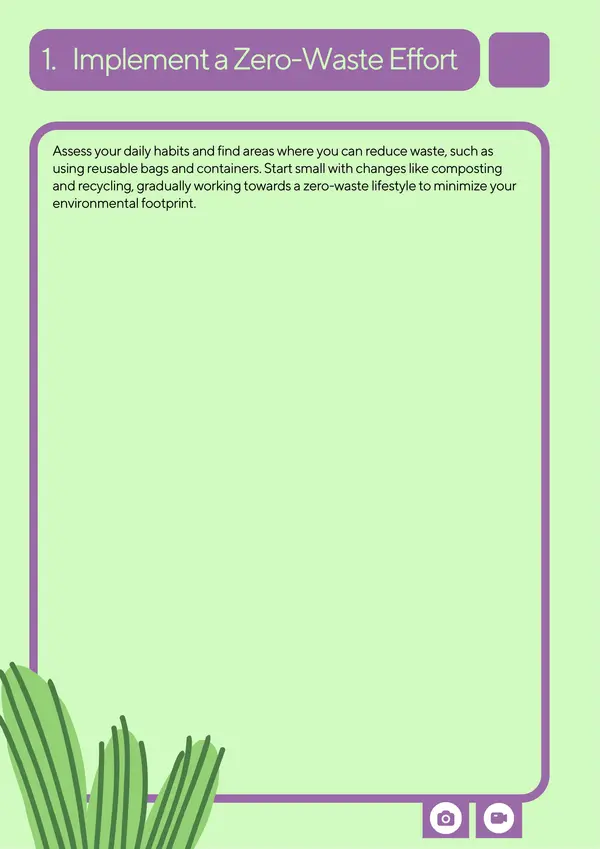
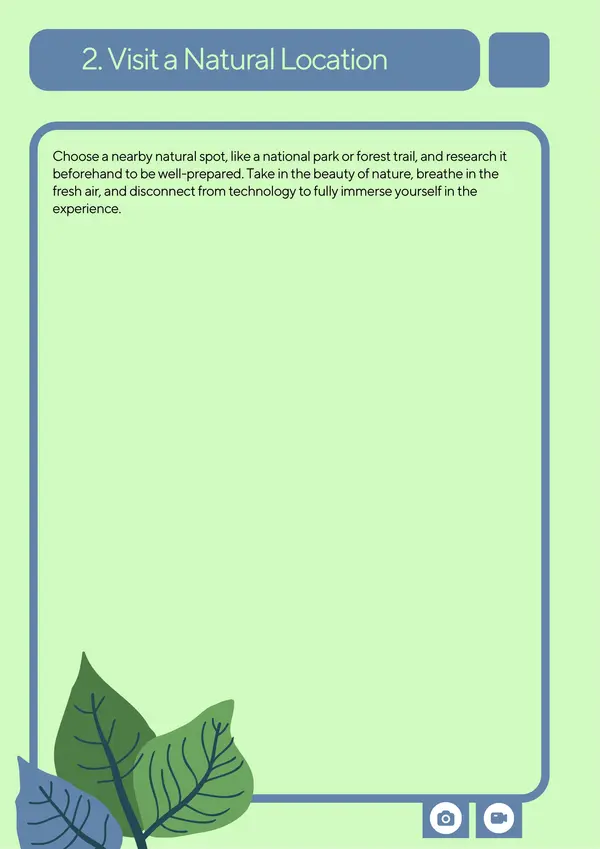
| Downloads count | 7 |
| Resource type | Activity |
| Recommended age | 12 - 18 years |
| File information | Private link to www.canva.com |
In celebration of Earth Day, I'm excited to share with you a fun and engaging activity that you can use with your students to promote environmental awareness and action. This Earth Day Bucket List is designed to inspire students to take meaningful steps towards caring for our planet while having fun along the way.
The Earth Day Bucket List contains a variety of eco-friendly activities that students can choose from to complete on or leading up to Earth Day. These activities range from simple everyday actions to more hands-on projects, allowing students to tailor their participation based on their interests and abilities. Whether it's planting a tree, organizing a community clean-up, or starting a compost bin, there's something for everyone to get involved in.
How to Use:
- Download the Earth Day Bucket List PDF
- Share the PDF with your students and encourage them to choose activities they would like to complete.
- Students can either complete the activities independently or work together in groups, depending on your preference and classroom dynamics.
- As students complete each activity, they can document their progress by checking off the corresponding boxes on the bucket list.
- Students can also use the Canva link to create a copy of the Earth Day Bucket List template and customize it with their own ideas and reflections. This allows for greater personalization and creativity in their Earth Day initiatives.
Wishing you and your students a joyful and impactful Earth Day!
Kris Mega
There are no comments yet, write one yourself!
Thnanks.